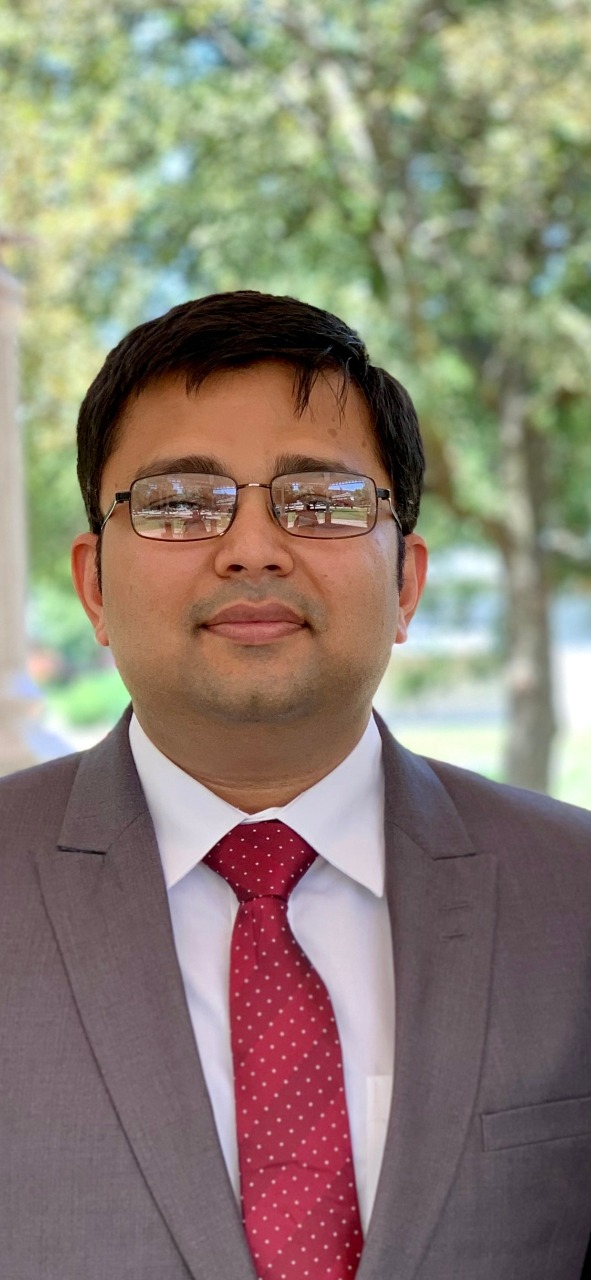
Quality healthcare with patient safety is inconceivable. Patient safety has become a value to be fostered, on both organizational and individual levels. According to the American Board of Preventive Medicine, patient safety is defined as "freedom from accidental or preventable injuries produced by medical care".
Accordingly, the United States FDA states that each year thousands of reports are filed concerning deaths, serious injuries, and malfunctions associated with medical device issues. The data, collected by the FDA in 2020, demonstrated that these statistics are only increasing over time. The most serious device-related adverse events resulting in hospitalization, disability, or even death have risen by nearly 20% in recent years. Despite the tremendous growth that the medical device sector has experienced, it is clear that innovation comes with a price: with increasing complexity and a vast array of applications of medical devices in critical life-sustaining scenarios, even the smallest error may end up being fatal.
45-year old Jim Taft, from South Carolina, USA learned that the hard way. After years of suffering from chronic pain in his arm, he was advised by his specialists to try a spinal cord stimulator, whose main function is to block pain signals with the use of electrical currents. Shortly after surgery, the device stopped working properly and shocked Jim multiple times leaving him paralyzed and bedridden.
This is one of the many examples. For years, medical device companies have encouraged millions of patients to use spinal cord stimulators as a panacea for treating a wide range of pain disorders, placing this market among one of the fastest-growing products in the medical device industry – worth a whopping $400 billion. The root of this aggressive promotion can be linked to the American opioid crisis: the medical industry was in desperate need of an alternative, non-addictive treatment for chronic pain, especially in the face of an aging population. However, the danger quickly outweighed initially anticipated benefits, and pushed medical service providers, policymakers, and researchers to quickly work together to minimize the risk and restore public trust.
Dr. Krishna Singhal, an expert in product safety engineering, highlights the importance of novel technologies to the industry. Dr. Singhal works on technology that brings hope to the American healthcare system. His expertise involves device characterization for MRI safety, electromagnetic compatibility, and radiofrequency safety. In short, he evaluates how safe it is for a patient with a medical device to undergo an MRI scan. He has focused on conceptualizing novel shielded implantable leads. Previously, he had appointments in the Abbott Laboratories MRI Team where he worked in evaluating MRI safety of neurostimulators leads, to make sure that they are safe for patients and follow guidelines laid out by the FDA. The primary function of the leads is to control the increase of temperature during MRI scans for the prevention of tissue heating. Presently, Dr. Singhal serves as the technical expert for MRI safety for TUV SUD located in Minneapolis, MN, which is the largest notifying body in the world with over 25,000 employees located across over 1000 locations. He is responsible for establishing a world-class MRI Safety lab that will serve as a one-stop solution for all MRI safety characterization and device evaluation for various medical implants.
Improvements in the area of MRI scanning are of tremendous importance, as it is estimated that the U.S. alone conducts approximately 40 million MRI scans annually. However, there is no one-size-fits-all solution that resolves all issues of patient safety, but there are several factors that have been proven to help. Efforts carried out by various healthcare providers and medical associations, coupled with technological advancement product safety (eg: MRI Safety) give hope that technological errors will be significantly reduced during the product development cycle.









